
Fine-tuning a VW-based Bugatti Type 35B replica
As told by Lyle Kruger
Photos by Steve Temple and Ed Baumgarten
Not everyone can say they drive a Bugatti, but I certainly can. Of course it’s not the latest Chiron supercar, powered by a 1,500 hp, quad-turbo W16. No, mine is a replica of the famed French-built Type 35B Bugatti that won at Le Mans, along with over 1,000 other races as well. Instead of the original’s 90 hp straight-eight engine, however, my car has a 65 hp Volkswagen Beetle Type 1 engine. (That is somewhat fitting since the Volkswagen Group acquired the Bugatti brand in 1998.) I did a lot of restoration work and added several custom modifications over the years, but more on that after I share what led me to this particular car.
My fascination with the Bugatti Type 35B started about a dozen years ago. I was attending VW Funfest at Mid America Motorworks in Effingham, Illinois. I was there with my 1974 Super Beetle cabriolet when someone drove in with a blue 1927 Bugatti replica. Admiring its arch-shaped radiator and tapered body, I thought: That is about the coolest car I’ve ever seen.
Now fast-forward to 2006, when I was on an antique car tour from St. Louis to Cumberland, Maryland, on the National Scenic Byway. We were to meet a couple of cars joining the tour from Indiana at the Wicks Organ Co. in Highland, Illinois.
As one couple was getting out of their vintage Thunderbird, the gentleman named Richard Carey made a comment about my Beetle convertible. For some reason, I brought up the story about the Bugatti replica, and he casually stated, “I have one of those in my hangar.”
That reference did not compute with me until he said he flew airplanes and that he had built a Bugatti replica from Antique & Collectible Autos from Buffalo, New York. The car happened to be kept in his airplane hangar, and I asked if it might be for sale since it had been in storage for 12 years. He sent me a couple of pictures that summer and we dickered over the phone. He was going to spend the winter in Texas so negotiations dropped off. In March, I gave him a call and made a $2,500 offer for the car. He said he would sell it, and the rest is history.
Upon arriving home with the Bugatti, the work began. The body was in excellent shape, but the wheels were a mess. They are 1932 Ford wheels with two adapter plates to fit the VW hubs. I think every coat of paint that was ever on the wheels was flaking off. I had the wheels dipped in stripper and then sandblasted and powder coated.
The tires were also in terrible shape, so a new set from Coker Tire sized 5.50 x 18 with BFGoodrich logos were installed. I believe the cost of the rubber and refurbishing the wheels was my biggest single expense.
I got the 1,300 cc Type 1 started but had a real battle with mouse nests in the cylinder fins. Tweezers, picks and other tools were required to clear out the mess. With some help from my local VW guru, I got the motor running smoothly.
The next project involved the brakes. Upon taking the right rear wheel off the car, I found the brake lining had separated from the shoe. I checked with Mid America Motorworks for new shoes, and they said they were back ordered. But the 2007 VW Funfest was coming up and I really wanted to drive the Bugatti there.
Fortunately, after replacing the brakes on my Beetle convertible, I had saved the old shoes. But they were wider than the 1965 brake shoes on the chassis used to make the replica. I managed to pry the lining off of one of the wider shoes and grind it down to the proper width. I then glued it on to the shoe with super glue. I drove the car to the VW Funfest with my fingers crossed.
The repair held fine until I was on my way home and a fellow on a motorcycle pulled out of a gas station and stalled the bike in my lane. I hit the brakes hard and the pedal went to the floor. I managed to avoid a collision, but I now had no brakes at all. I managed to ease the car the 5 miles or so home without incident. I eventually replaced every component of the brake system. Later on, new plugs, wires, an electronic distributor and other incidental components were installed.
The only modifications to the exterior of the car are the fake muffler and header, made of PVC pipe and flexible electrical conduit. There’s also the parking/emergency brake that looks suspiciously like a breaker bar, and the right-hand brake light that is fabricated from PVC pipe. I also had the body rolled off and floorboards cut down.
The international decals were all on the car when I bought it. I suppose I could drive the car from Paris, Illinois, to Rome Township, near Peoria, to make the decals on the hood ring true though.
All of the dashboard gauges are functional except the switch for slippery road/dry road. The previous owner told me his daughter had bought the switch at a flea market and he put it in the dash. The center cluster is from a very early Buick, and the oil pressure and amp gauge work.
The gas gauge is correct to the amount of fuel in the tank — but only after I installed the original VW chain-pull sending unit into a 10-gallon air tank converted to a fuel tank. The original VW tank leaked around the spigot fitting, and no amount of brazing would fix it.
Another interesting challenge was the speedometer, as it read about 38 mph when the car was running 55 mph. To make it accurate, I devised a miniature pulley system for the back of the speedometer with 1-inch and 3/4-inch pulleys turned from brass, with an O-ring used for a belt.
After driving the car for a couple of years, I came across a 1972 1,600 cc engine on a trailer at a VW swap meet that appeared to be locked up. It was complete with a 12-volt generator, exhaust pipes and carburetor. The price was $75, and I bought it as I was planning to rebuild it anyway.
When I got it home, I found it was not locked up after all, just stuck because of slight rust on cylinder walls. I went ahead and bought an overhaul kit from Mid America Motorworks to make sure it would run well. The kit consisted of new cylinder jugs, rods, pistons and rebuilt heads. Since I had never worked on VW engines, I asked my guru to handle the rebuild, which only cost me $120 (including line-boring the block and installing new bearings).
The exhaust system that the original builder installed had the pipes reversed, so the exhaust ran toward the front of the engine. Then, the two pipes dumped into a 2.5-inch pipe coming out on the right side of the back of the car. The system had a sound all of its own, nothing like a VW.
I liked that sound and the idea, but the pipes were bent in a series of short bends with some restrictions. I bought four J-tubes and constructed a cleaner set of bends that ran forward as well. There is no muffler in the system, but the good sound is still there. I enclosed the pipes with heat-resistant wrap for looks.
I don’t drive the car as much as I used to after 12 years, but I do drive it to the coffee shop and around town. I also drive it 50 miles or so to car shows, but trailer it to shows farther away.
One event I took it to was the Illinois Secretary of State’s car show held all around the state capitol in Springfield. The first two or three years, I entered in the show-only class. There is a class for race cars, but they are supposed to be in the trim that they raced in and I was afraid somebody would file protest.
Again the VW Funfest came to the rescue. They hold a slow-speed slalom race that I entered and won my class. I took the winning plaque along with me to prove I had raced it, and as a result, last year I won Best in Class at the Springfield show.
I don’t get too excited about things being less than perfect on the car. As a fellow car enthusiast put it nicely one day, “That car has a certain patina to it.” Along with some panache too.

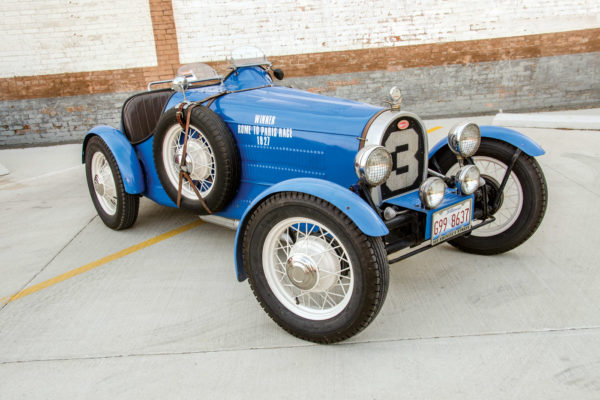
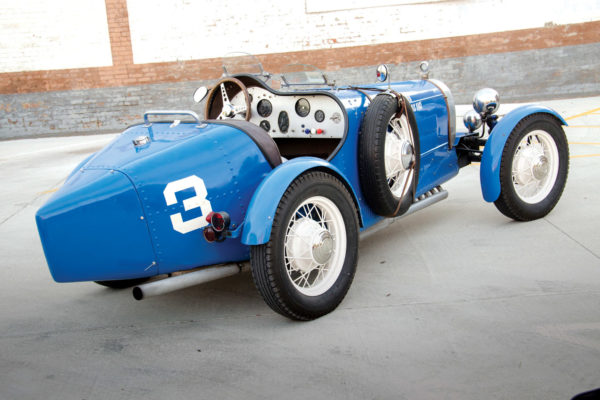
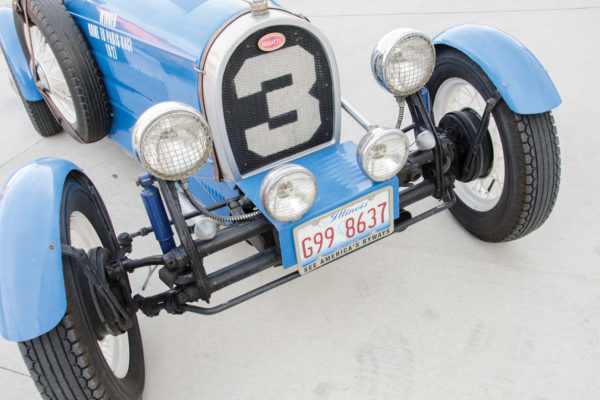
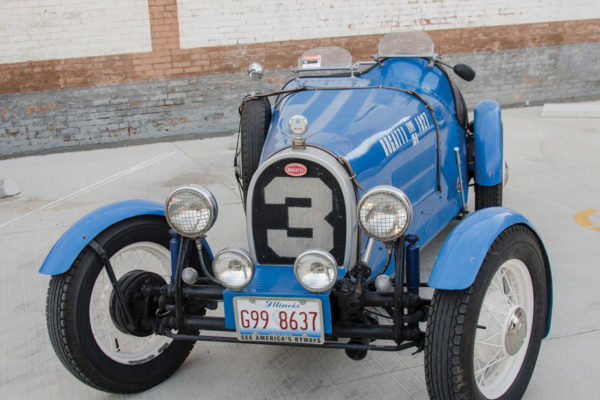
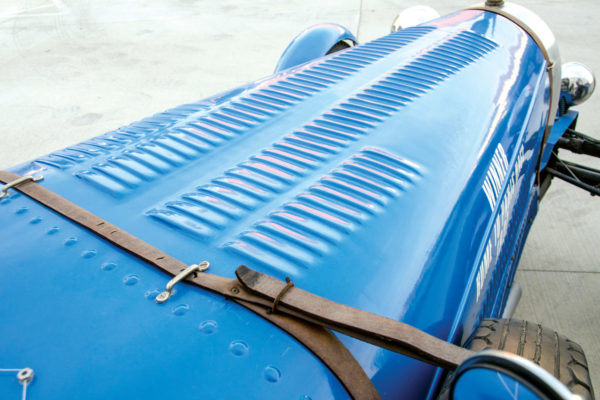
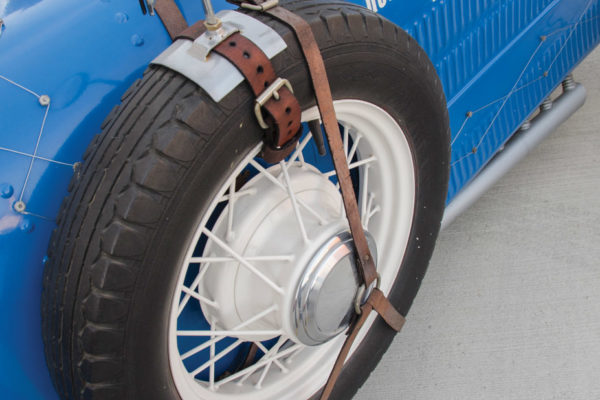
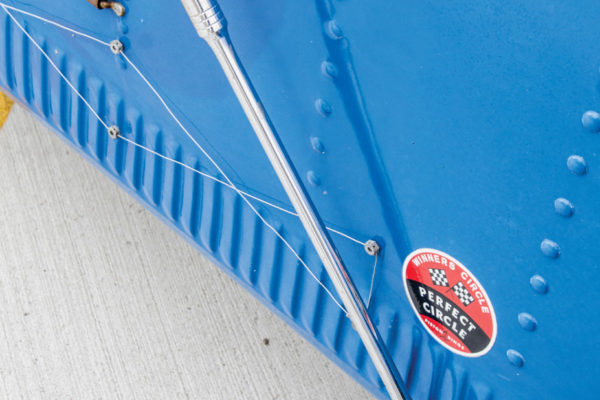
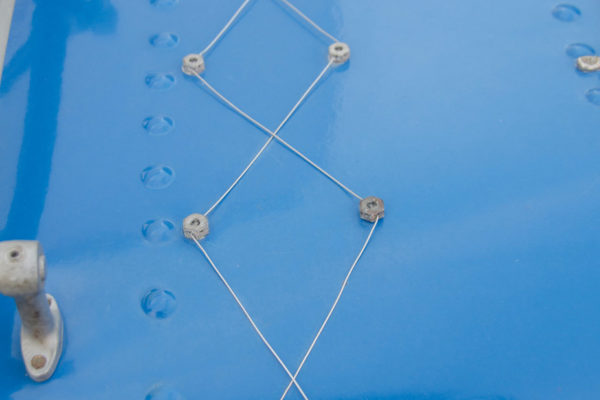
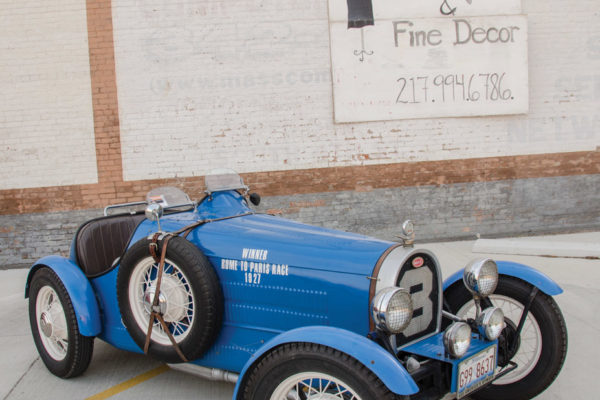
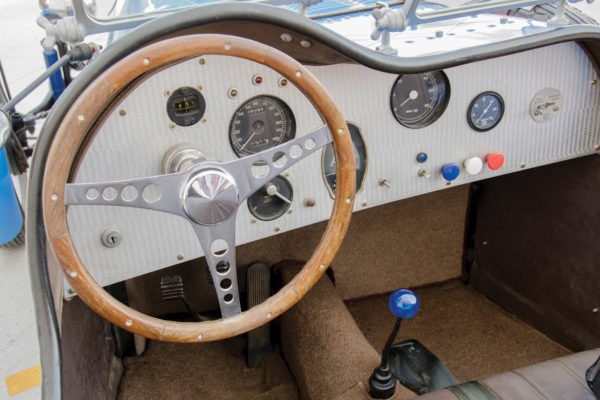
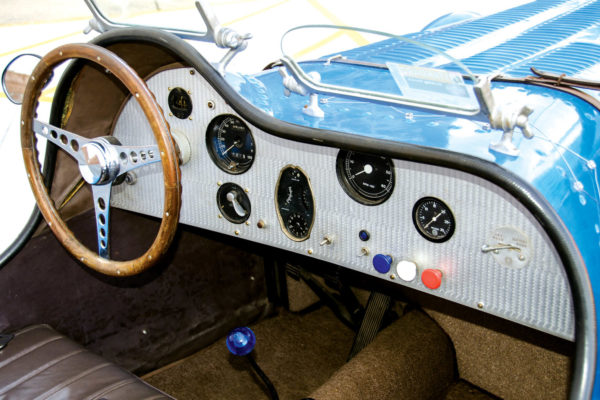
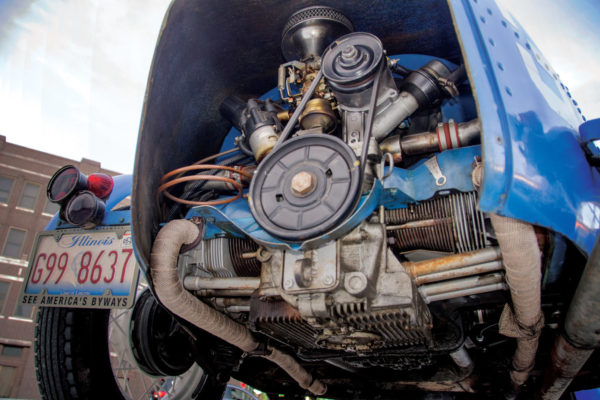
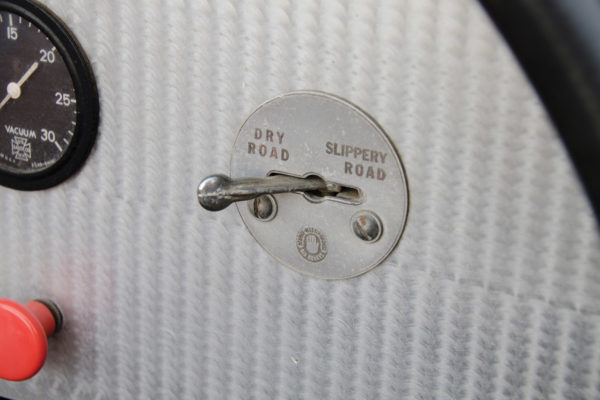
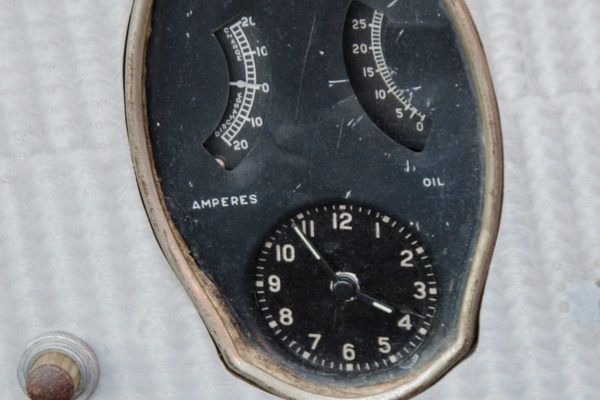
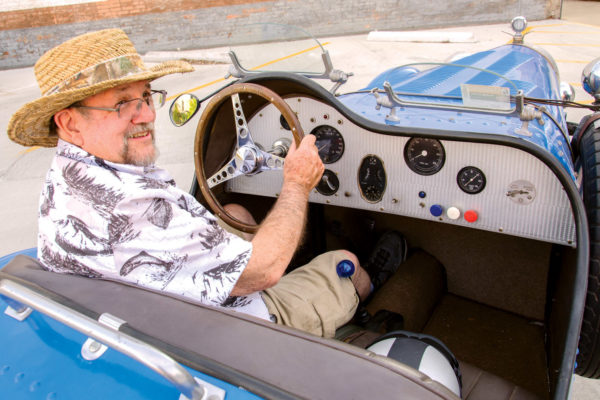
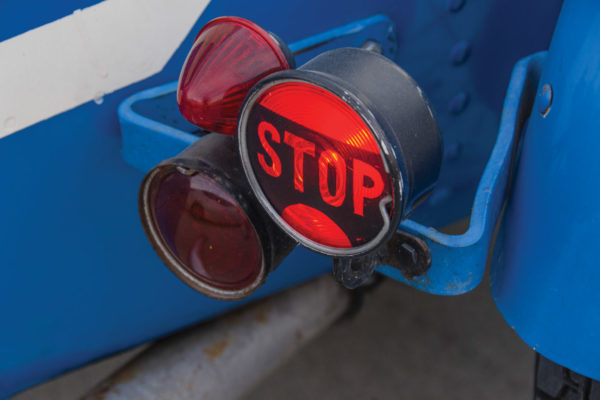
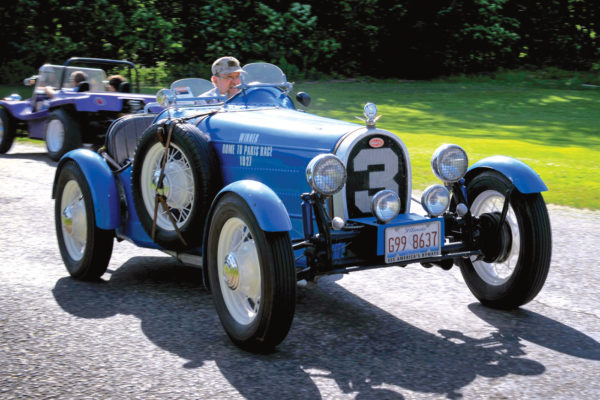
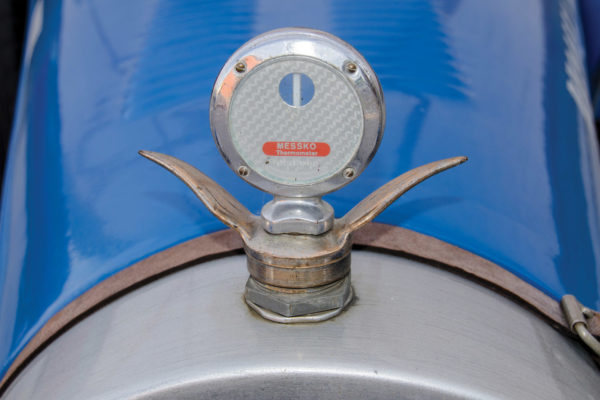
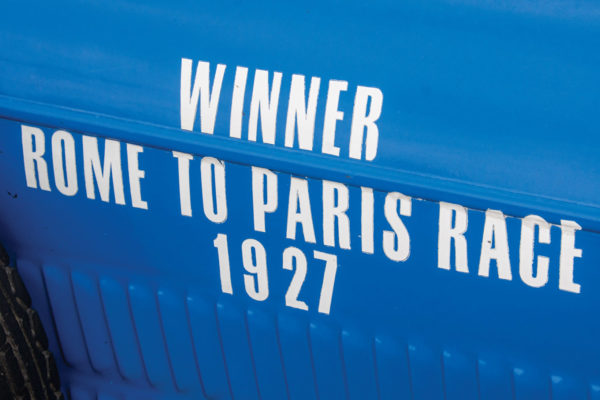
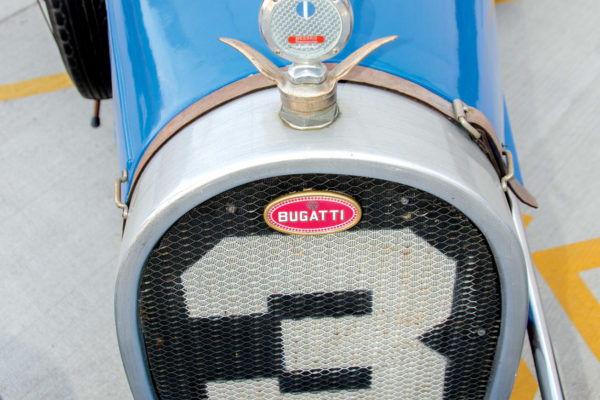
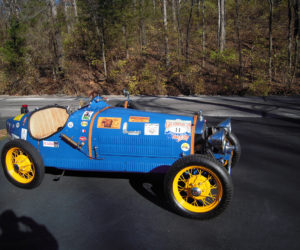
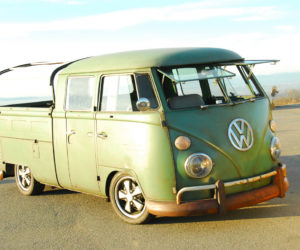
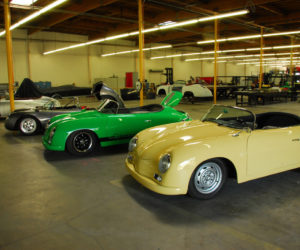
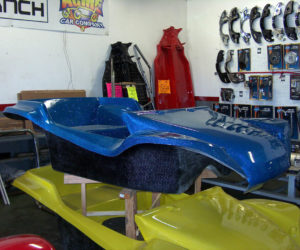
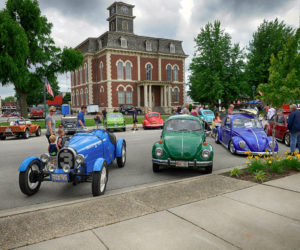





Comments for: The Exterminator
comments powered by Disqus